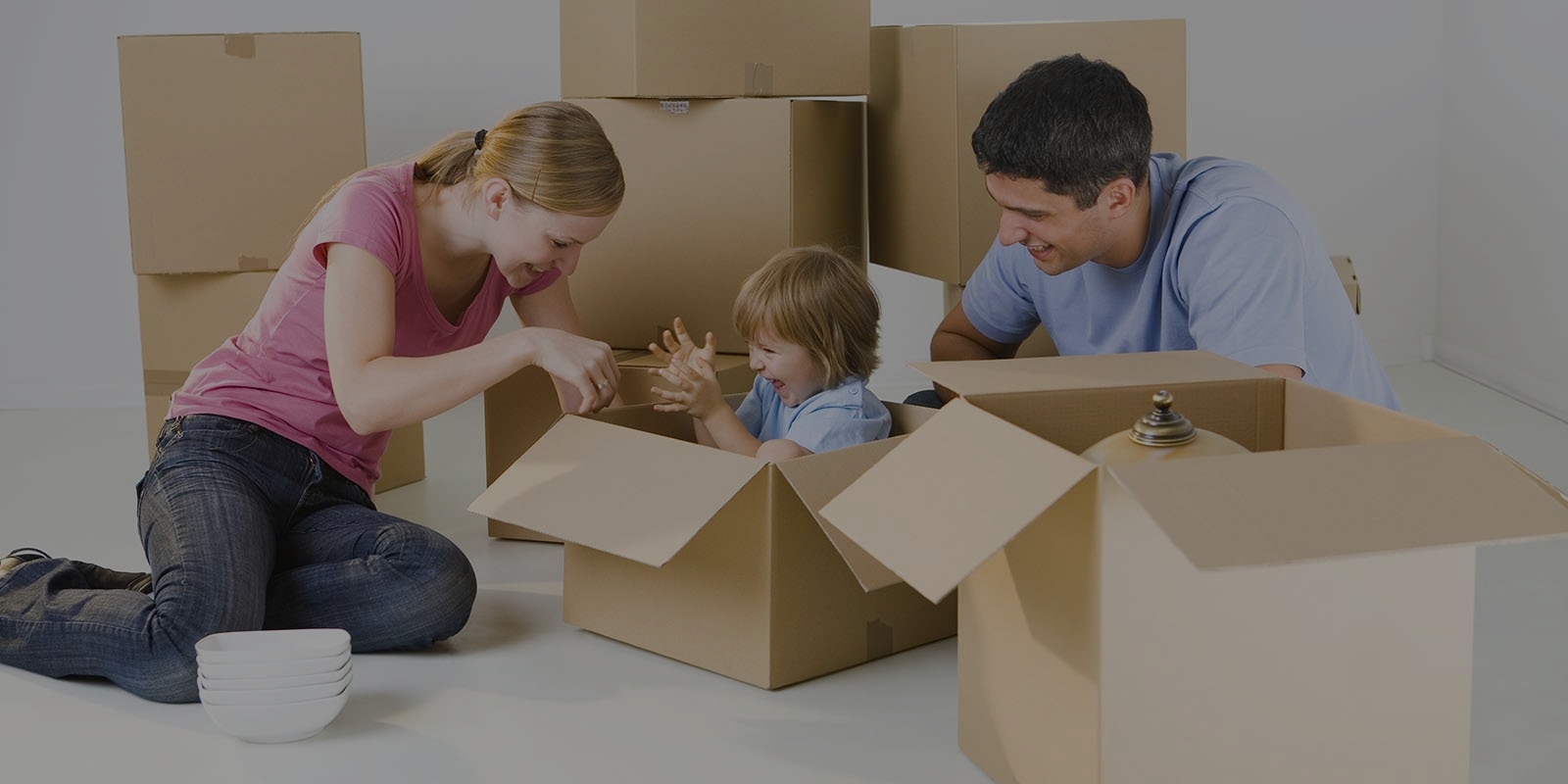Efficient Ways to Lift Heavy Objects Alone
Posted on 02/06/2025
Efficient Ways to Lift Heavy Objects Alone: Your Ultimate Guide
Lifting heavy objects alone is a common challenge, whether you're moving to a new home, rearranging furniture, or tackling a big project in your garage. Doing this efficiently - and safely - is crucial to avoid back injuries, fatigue, or damaging the items you need to move. In this comprehensive article, we'll cover efficient ways to lift heavy objects by yourself, reveal expert safety tips, introduce practical equipment, and answer frequently asked questions.

Understanding the Risks: Why Lifting Alone Requires Caution
Before delving into the best approaches to lifting heavy objects solo, it's vital to understand the risks involved. Lifting improperly can cause:
- Back injuries: Strains, sprains, or even herniated discs.
- Muscle strains: In the legs, arms, shoulders, or neck.
- Crushed fingers or toes: If you lose grip or balance.
- Tripping hazards: Especially with limited visibility.
- Damage to the object or flooring if dropped.
The key to efficient lifting is employing proper technique, using the right tools, and preparing both yourself and the environment for the task.
Preparation: Setting Up for Safe and Efficient Lifting
Before attempting to move heavy objects by yourself, prep work is of utmost importance. The following steps will optimize your chances for an efficient and safe lift:
- Clear the Path: Ensure the route you'll travel is free from obstacles, spills, or tripping hazards.
- Wear the Right Gear: Shoes with good grip, gloves for better hold, and clothing that allows comfortable movement.
- Inspect the Object: Check for detachable parts, loose elements, or sharp edges.
- Warm Up: Like any physical activity, it's wise to stretch and warm up your muscles to prevent strains.
- Plan the Destination: Know exactly where you will place the item and ensure that spot is ready.
Techniques for Lifting Heavy Objects by Yourself
1. The Proper Lifting Technique
One of the most efficient ways to lift heavy pieces solo is using correct body mechanics:
- Position your feet shoulder-width apart for stability.
- Bend at your knees, not at your waist, keeping your back straight.
- Grip the object firmly with both hands.
- Keep the object close to your body -- avoid reaching or stretching.
- Lift using your legs, straightening your knees and hips together while keeping your back straight.
- Avoid twisting -- turn your whole body by moving your feet to change direction.
This approach minimizes the risk of injury and maximizes your lifting efficiency.
2. The High-Low Method
When transporting bulky or awkwardly shaped items, try the high-low technique:
- Tilt the object so one side is higher than the other.
- Crouch and grasp the lower end with one hand, and the higher portion with your other hand.
- This gives you better control and balance during the move.
3. Sliding and Pivoting
When possible, avoid lifting altogether. Sliding and pivoting can be among the simplest efficient ways to move heavy objects alone. Here's how:
- Use a blanket, towel, or furniture slider under the object to decrease friction.
- Gently push or pull the item, taking care of your posture.
- Pivot around corners by resting one edge on the floor and rotating the other.
This method is ideal for moving heavy furniture or appliances across floors without lifting them entirely.
4. Rolling on Pipes or Dowels
A clever DIY approach is to place sturdy pipes, PVC tubes, or wooden dowels under the item. As you push or pull, the object rolls forward. Move the pipe from the back to the front as needed to keep progressing.
- This ancient technique, inspired by how the Egyptians moved giant stones, dramatically reduces the effort required.
5. Getting Creative With Leverage
Applying the principle of leverage is an efficient way to lift big, awkward, or heavy objects alone. Use a long, sturdy board (like a pry bar or a scrap 2x4) as a lever:
- Place one end under the object and the other on a block or fulcrum.
- Press down on the opposite end to lift the object incrementally, then slide shims or padding underneath as necessary.
6. Breaking It Down
Whenever possible, disassemble heavy items before attempting a solo lift. Remove drawers from dressers, shelves from cabinets, or legs from tables. The lighter each piece, the safer and more efficient your lifting process will be.
7. Load Redistribution
If the object can't be disassembled, redistribute loose contents (books, tools, clothes) to make the load lighter and more balanced.
Essential Tools for Efficient Solo Heavy Lifting
Technology and handy devices can make lifting heavy objects alone much easier -- and safer. Consider investing in or renting the following equipment:
- Furniture sliders: These pads allow you to glide heavy items across carpets or tiles with minimal force.
- Hand trucks/dollies: Perfect for boxes, appliances, and upright furniture. Always strap the item securely to the dolly.
- Shoulder moving straps (lifting straps): Distribute the weight to your waist and shoulders, freeing your hands and reducing back strain.
- Lift-and-move harnesses: Offer balance and stability when handling especially bulky or long pieces.
- Stair climbing carts: Special wheels allow easy navigation of steps with large loads.
- Pry bars or crowbars: For wedging and strategic lifting of corners.
- Rolling platforms or dollies ("skates"): Move items in all directions with ease, especially on flat surfaces.
When to Use Which Tool
- Sliders: Best for medium-to-large furniture like couches, beds, or dressers within a room or over short distances.
- Hand trucks/dollies: Ideal for boxes, compact appliances, or items that can stand upright and fit neatly on the platform.
- Lifting straps: Essential for large, heavy items that may be awkward to grip or carry with bare hands.
Pro Safety Tips for Lifting Heavy Objects Alone
Practicing safety is *crucial* anytime you're attempting heavy lifting by yourself. Follow these professional guidelines to protect your body and your belongings:
- Don't Lift More Than You Can Handle: Know your physical limits and err on the side of caution.
- Use Smooth, Controlled Movements: Jerking or abrupt movements increase injury risk.
- Keep the Object Close: The closer the weight is to your core, the less strain on your back and arms.
- If Unsure, Test the Load with a Small Lift: Slightly try lifting a corner. If it's too heavy, don't force it -- seek help or utilize more tools.
- Don't Twist While Lifting: Face the destination and move your feet as you turn.
- Rest Often: Take breaks to avoid exhaustion and muscle fatigue.
What to Avoid When Lifting Solo
- Avoid overreaching or lifting over your head.
- Don't lift with a rounded back.
- Never hurry: rushing leads to poor form and accidents.
- Don't carry objects that block your vision or impair balance.
Special Cases: Lifting Unique Heavy Objects Alone
Pianos, Safes, and Appliances
Certain objects like pianos, heavy safes, and large fridges require the utmost caution and, ideally, more than one person. If you must move these items alone:
- Rent or borrow specialized equipment: Appliance dollies, stair climbers, or even mini forklifts can be invaluable.
- Protect floors and doorframes: Use padding, plywood, or moving blankets to prevent property damage.
- Plan your angles: Sometimes tilting and rotating slowly is more effective than trying to lift or push directly.
- If in doubt, call a professional -- some items are simply too risky to move alone!
Bulky Boxes or Oddly Shaped Items
Wrap the object securely with moving blankets to create easier grip points, or use rope to fashion handles if necessary.
Frequently Asked Questions About Lifting Heavy Objects Alone
Is it ever safe to lift heavy items by yourself?
If you follow the right technique, use aids or equipment, and know your physical limits, it can be safe to lift heavy objects solo for most household tasks. However, extremely heavy, oversized, or valuable items should always be moved with assistance or professional help.
How much weight is safe to lift alone?
The National Institute for Occupational Safety and Health (NIOSH) generally recommends not lifting more than 51 lbs (23 kg) by yourself using ideal technique. If in doubt, move smaller portions or parts at a time.
What should I do if an object is too heavy to lift alone?
Use moving equipment like dollies, sliders, or lifting straps, or break down the load if possible. If you can't reduce the weight and equipment isn't enough, *ask for help or hire professionals*.

Summary: Key Takeaways for Efficient Solo Lifting
- Always plan ahead: clear your path, inspect the load, and prepare your destination.
- Use your legs, not your back, and keep the object close to your body.
- Utilize sliding, rolling, and leveraging whenever possible instead of brute force lifting.
- Rely on furniture sliders, dollies, lifting straps, and other tools to minimize risk.
- Don't hesitate to break down loads or seek help for very large items.
- Above all, prioritize your safety -- no object is worth risking your health!
Conclusion: Mastering the Art of Lifting Heavy Objects Alone
When it comes to efficient ways to lift heavy objects alone, the foundation is planning ahead, using the right technique, and employing proper aids or equipment. With these strategies, you can move everything from heavy boxes to furniture and appliances without help -- all while keeping yourself (and your possessions) safe and sound.
Remember, your health and safety should always come first. If you find yourself facing a lift that feels too much, don't hesitate to get backup. But for most daily heavy-lifting challenges, these tips will empower you to move smarter, not harder.
For more expert home and moving tips, keep exploring our site!

_result.jpg)





